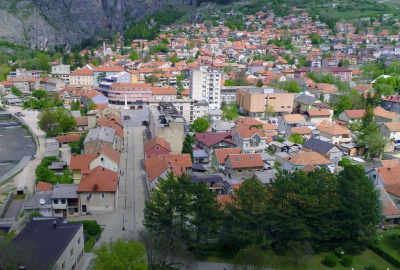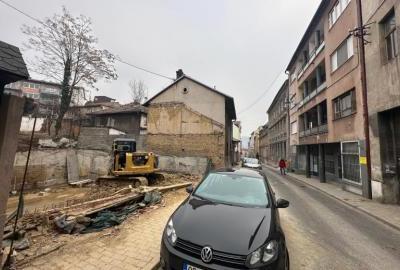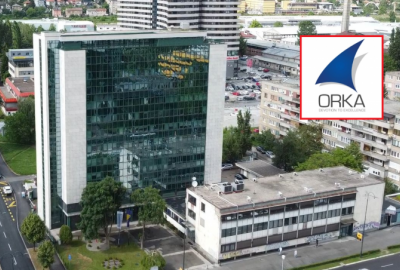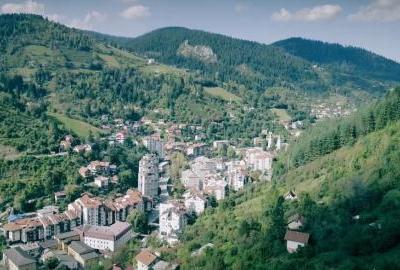Žurnal in English
URANIUM IN THE MINE TUŠNICA: Increased Radioactivity Threatens Miners' and Residents' Health
Research on the radioactivity of brown coal in Tušnica and the presence of uranium seems to have interested only a few people who see profit in it. With the current price of uranium at $120 per kilogram, it's no surprise that there are growing stories about foreign investors being interested in this Livno mine. The health of the population in several villages beneath Tušnica, surviving illegally by extracting this coal, seems to be disregarded, and no one has warned them about its radioactivity.

Studies that have been available to the public for years discuss the radioactivity of brown coal from the Tušnica mine and the presence of uranium. It's not surprising that there are increasingly louder stories about foreign investors being interested in this Livno area mine. We reached out to the Government of Canton 10, inquiring about whether investors from China approached them regarding this matter, but we haven't received a response by the conclusion of this text.
VOW OF SILENCE
Residents of Livno tell us that stories about radioactivity circulated even during the time of the former Yugoslavia. Supposedly, after the discovery of uranium, a new pit was intended to be opened for its exploitation. Fahrudin Ramić, a local resident who worked for a company conducting operations on three wells in that area in 1983/1984, also has information about this. Our journal has previously published his statement, where he mentioned that the Pašinac well reached a depth of over 170 metres.
"At a depth of one hundred metres, they found coal, and at 150 metres, between 25 and 30 centimetres of uranium. Water was discovered at a depth of 170 metres, and it still serves today for supplying households. The foreman who worked on the drilling told me at that time, 'What lies beyond is not for publication,'" recounted Ramić.
What is certain is that ordinary workers, the miners, had no idea about the uranium deposit, neither back then nor today. No one protected them. As for the mine's management, many assume that they were well aware of everything but chose to remain silent. To make matters worse, residents of several villages below Tušnica now survive thanks to the remnants of the mine. Acting on their own, they enter improvised pits and illegally extract coal, which they then resell to heat their households. Our sources indicate that this is known to the authorities in Livno, but still, no action is taken on this matter.
"The research results indicate the presence of brown coal with significant radioactivity and lignite with lower radioactivity in the Tušnica mine," concludes the study, emphasising the need to regulate working hours in the area and use respiratory protective equipment to minimise exposure.
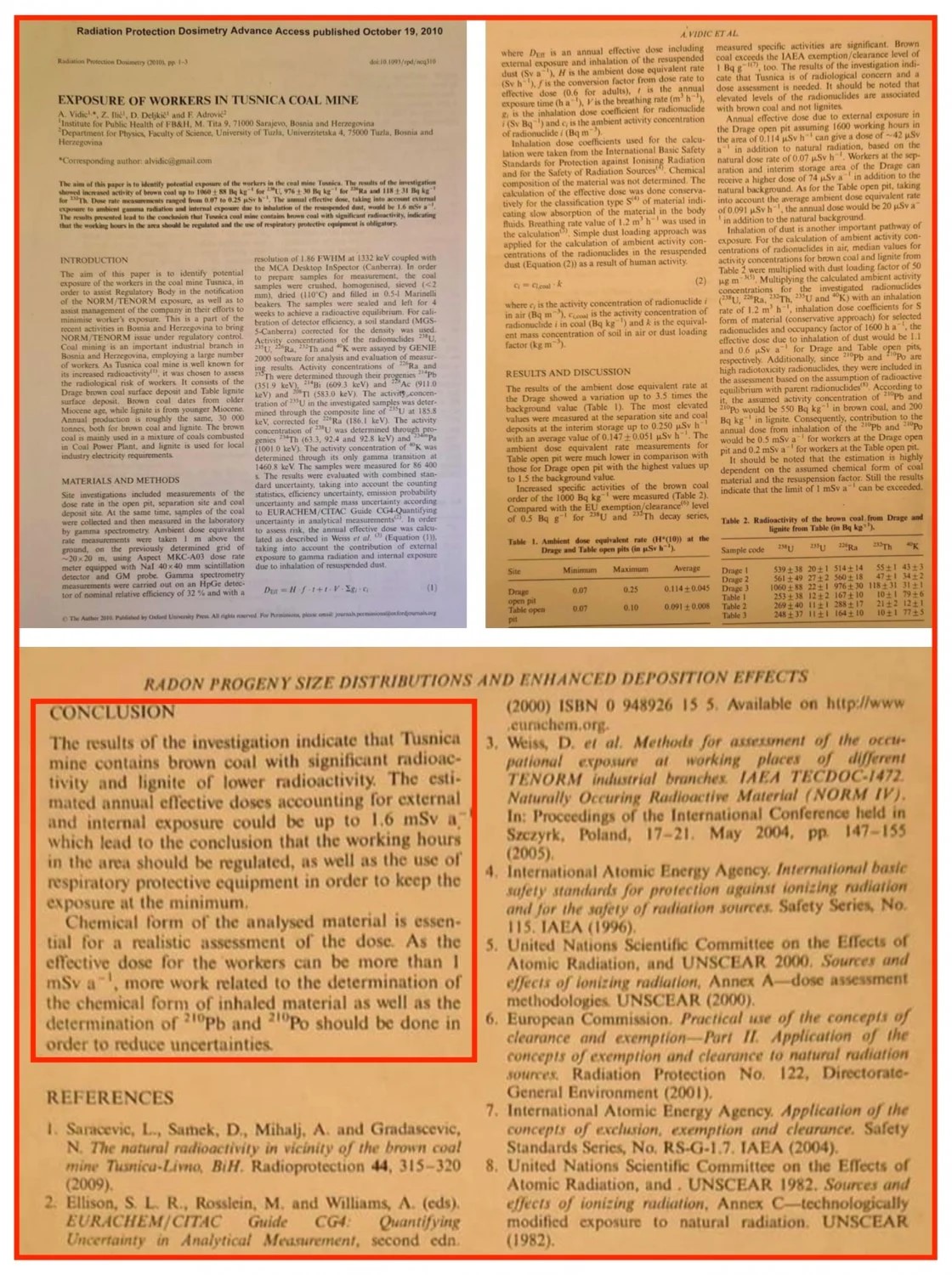
Signed by Alfred Vidić, currently the head of the Radiation Protection Center at the Institute of Public Health of FBiH, along with Zoran Ilić and Delveta Deljkić, employees, and international radiation protection expert and retired professor at the University of Tuzla, Dr. Feriz Adrović. This is not the only study related to this mine.
Professor Adrović, speaking to Žurnal, mentions that his first doctoral student, currently an assistant minister for nature and environmental protection in the Ministry of Trade, Tourism, and Environmental Protection of the HNK, completed his doctorate on the topic of the radioactivity of mines in Bosnia and Herzegovina. As part of that research, they radiologically monitored the correctness of all mines.
"We found that the Tušnica mine is a high-activity mine with an increased concentration of uranium-238 and uranium-234, which is very significant, along with radium-226. These are basic radioactive elements in the uranium series, and since there is an increased concentration of these basic elements, which are the parents of a radioactive gas called radon, it underscores the importance of these studies and the warning of the danger if this coal is used uncontrolled and indiscriminately," explains Adrović, who is in the process of establishing the Academy of Natural and Technical Sciences of Bosnia and Herzegovina.
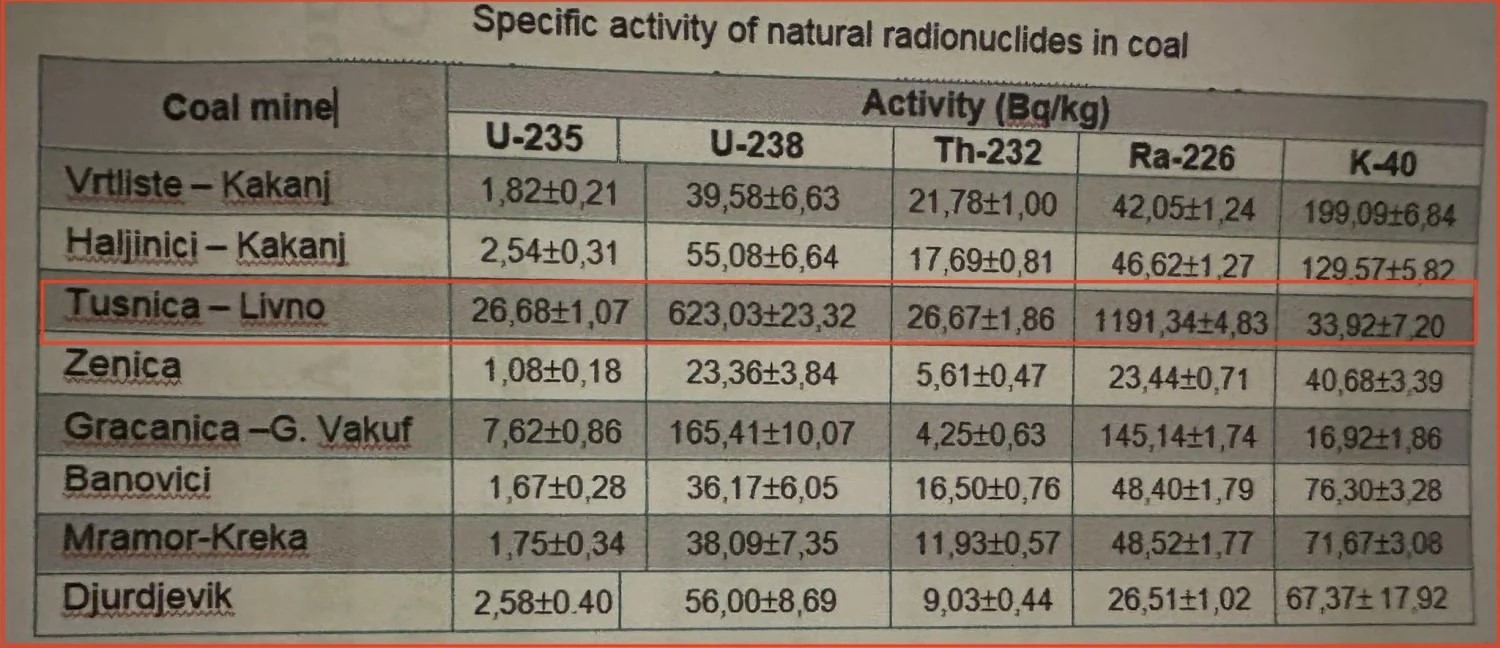
INTEREST OF INTERNATIONAL LOBBIES
Unfortunately, in that research, other institutions responsible for the health status of the population did not accompany them as physicists. Professor Adrović is convinced that if a professional and scientific study were conducted, it would reveal that the population around the surface mine has an increased number of cancerous diseases.
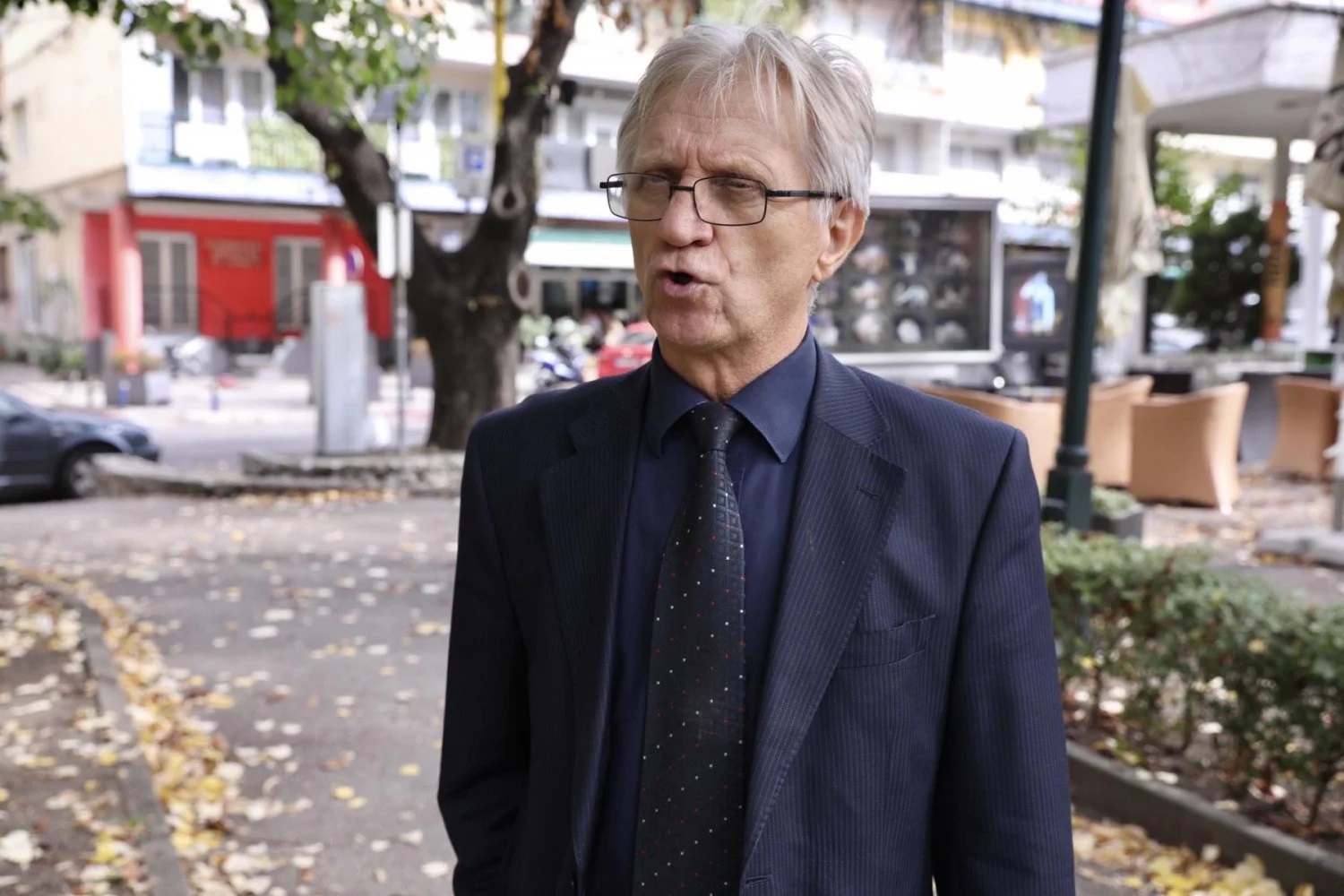
"This increased radioactivity in that coal has also attracted the interest of international lobbies. Today, there is a great race for rare metals, and in the latest era of superpower conflicts, there is a rush to acquire reserves of uranium and its isotopes for strategic nuclear weapons," added the professor.
From the studies he followed, conducted by various institutes, the presence of uranium concentrated in ash after coal combustion was noted. The average uranium content in coal ash is 247 g/t, and U3O8 is 293 g/t. According to the professor, such uranium concentrations are successfully and economically exploited worldwide. The calculated uranium reserves in Tušnica amount to 831.8 tons, while U3O8 is 981.5 tons.
"The current price of uranium per kilogram is around $120, and now you can calculate the profit involved. Who is interested there? The interested parties are those powerful enough to monitor radioactivity from the atmosphere, known as balloons and the like, or various intelligence segments using a state mafia that will sell everything without considering the interests of the country and its people. People who come there will not only exploit uranium. Uranium and radioactive elements have accompanying very significant raw materials and minerals that are crucial for the space industry and the entire industry," emphasises Professor Adrović.
He added that he believes people in Livno are talking about increased carcinogenesis and are waiting for help from the state and experts. This research, signed by Dr. Zejnil Trešnjo and Professor Adrović, is publicly available. The "Levels of radon activity concentration in the air of the surface mine 'Drage' of the coal mine 'Tušnica'" was the subject of a scientific conference with international participation, "Quality 2013," held in Neum in June 2013. The research presented the results of one-year measurements of the concentration of external radon activity at the surface mine "Drage," using nuclear track detectors and ionisation chambers. The conclusion states that the average value of radon activity concentration measured using nuclear track detectors at the surface mine "Drage" of the coal mine "Tušnica" is slightly higher than the usual value.
"In addition to the well-known fact that coal excavation can lead to the exhalation of radon from coal layers and layers of soil, the main reason for the increased concentration of radon activity in the air here is the high content of radionuclides (uranium and radium) in brown coal and soil from this area," states the research.
The results of measuring radon activity concentration (RAC) values at the surface mine Drage and its nearby surroundings using nuclear track detectors show that the highest value was measured in the administrative building of the Tušnica mine, followed by a private house in the centre of Livno and the Mandem-Novakovic spring.
"It is evident that, in addition to the above, the water source Mandek also affects the RAC value at this measurement location, where radon from water easily releases into the air in the room. It is known that the solubility of radon in groundwater has a significant impact on the transport of radon from the soil to the surface of the earth, thus affecting natural background levels," explained in this research.
It is worth noting that the Mandek-Novakovic spring is near the Poljane location, where a concession for pumping groundwater for industrial purposes was granted in 2006. However, the concession owner found methane at that site and abandoned further exploration. The concession later passed to another company, with a change in the location to "Krivića vrtli" near the water source itself, as previously reported by Žurnal.
RESIDENTS' SUSPICIONS
Residents have long suspected that there is something else behind these studies. They point out that it is symptomatic that these studies are conducted in areas within the economic company "Rudnici ugljena Tušnica" d.o.o. Livno, which has a long tradition of exploiting and researching certain mineral resources. The first geological research and mining at the brown coal deposit "Tušnica" are tied to the Austro-Hungarian rule, with the first coal data dating back to 1880. Based on available geological research, a "classification and categorization report and calculation of coal reserves in the Tušnica brown coal deposit" was prepared in 1984 by the Institute for Geology from Ilidža. Žurnal's sources indicate suspicions that certain issued concessions are directly related to everything found in these and similar documents, expressing concern about what could happen if a concession is issued for the mine itself.
(zurnal.info)





